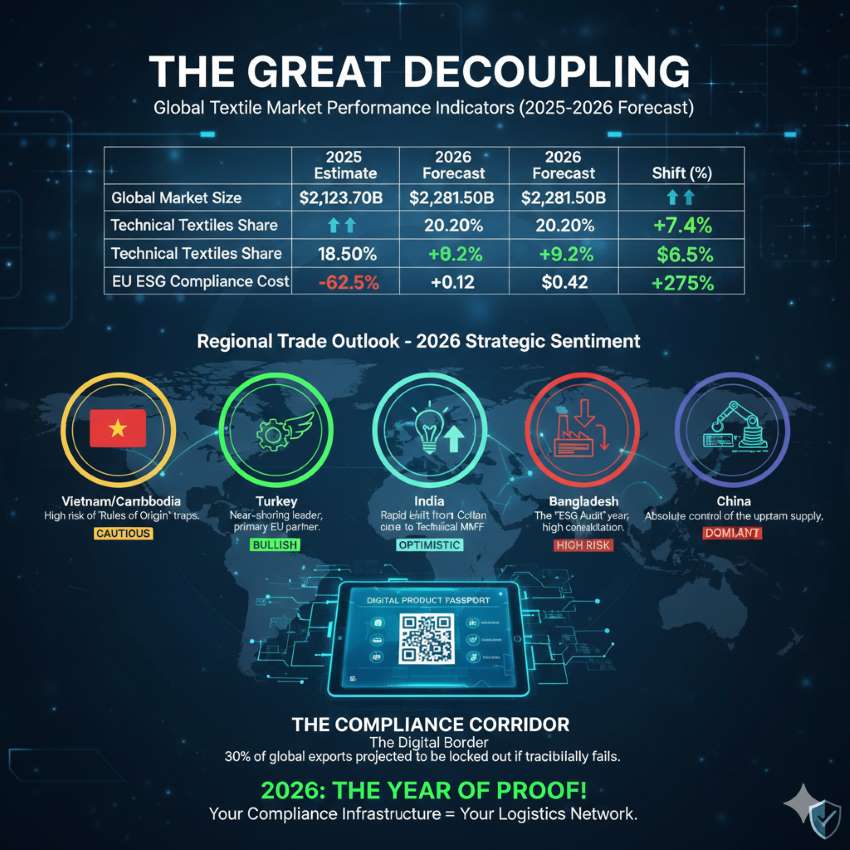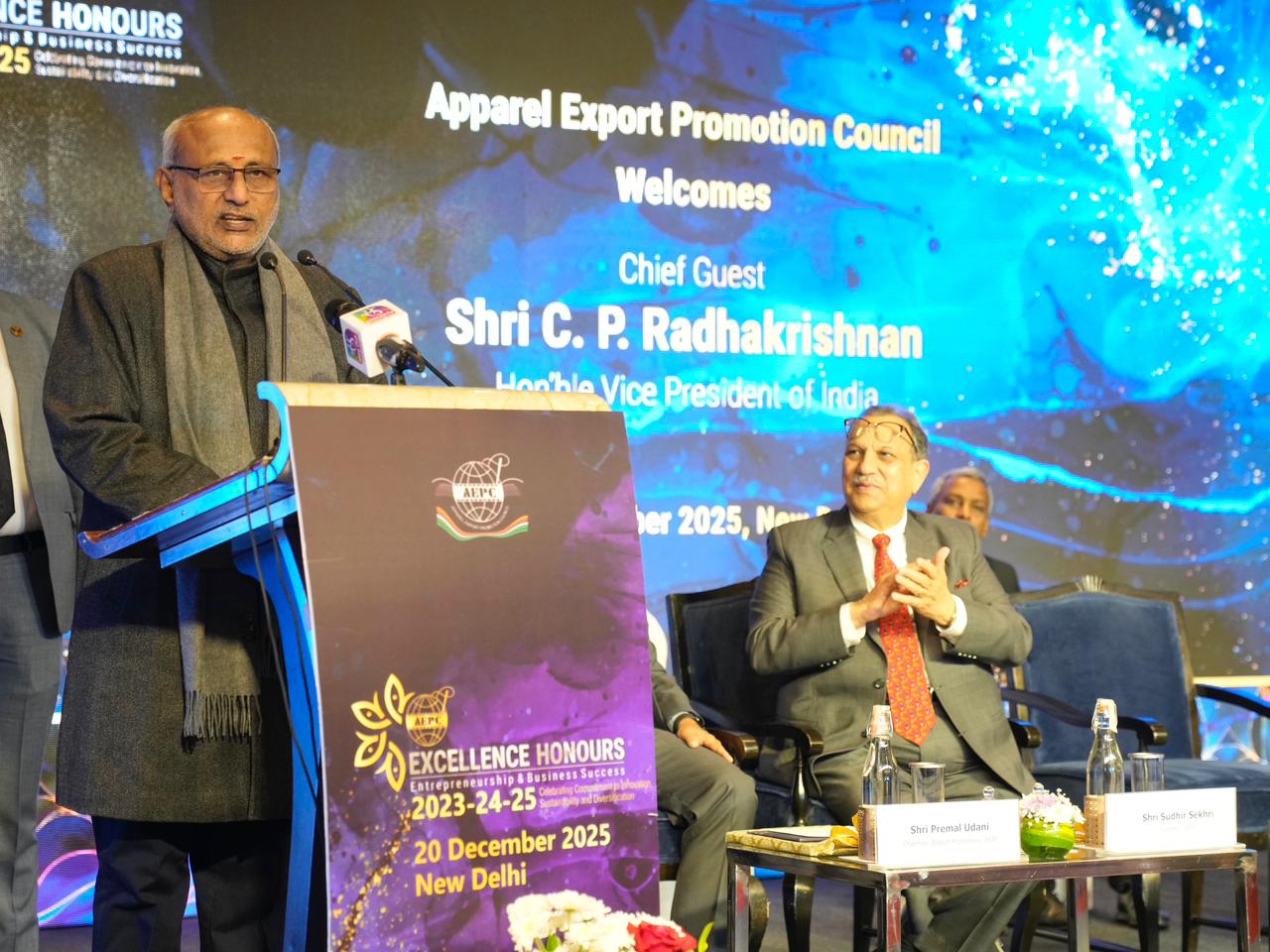The Indian government has extended the Minimum Import Price (MIP) on specific categories of synthetic knitted fabrics. This measure, effective from 15th September 2024 to 31st December 2024, aims to regulate the influx of imported fabrics and maintain stability in the domestic textile industry.
Background:
Rising imports: India has witnessed a surge in imports of synthetic knitted fabrics, particularly from China, in recent years. This has put pressure on domestic manufacturers, who struggle to compete with the low prices of imported goods.
Impact on domestic industry: The influx of cheap imports has led to job losses and factory closures in the Indian textile industry.
Government intervention: In response to concerns raised by the domestic industry, the government imposed an MIP on certain synthetic knitted fabrics in March 2024. This initial measure was set to expire in September 2024.
Current Measures:
Extension of existing MIP: The government has extended the MIP on five specific ITC (HS) codes, encompassing various types of synthetic knitted fabrics.
New MIP: In addition to the extension, the government has also introduced a new MIP of US Dollar 3.50 per kilogram on the CIF value of eight additional ITC (HS) codes.
Objective: The move is anticipated to curb the inflow of low-priced synthetic knitted fabrics, ensuring a level playing field for domestic producers. By stabilizing the market and promoting self-reliance, the government aims to foster the growth and competitiveness of the Indian textile sector.
Data:
|
Year |
Import Volume (Tons) |
Average Import Price (USD/kg) |
Domestic Production (Tons) |
|
2022 |
100,000 |
2.5 |
500,000 |
|
2023 |
150,000 |
2 |
450,000 |
|
2024 (Jan-Jun) |
100,000 |
1.5 |
200,000 |
The extension of the MIP on synthetic knitted fabrics is a significant step taken by the Indian government to protect the domestic textile industry. The move is expected to stabilize the market and provide a level playing field for domestic producers. However, the long-term success of this measure will depend on the government's ability to enforce it effectively and address other challenges faced by the industry, such as high input costs and outdated technology












